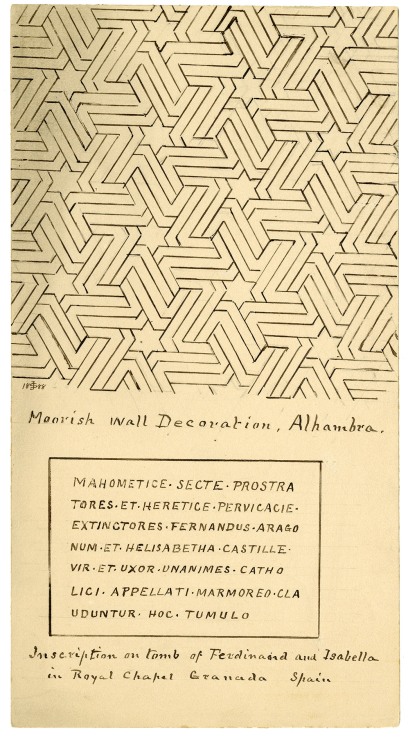Sixty years ago Cranbrook School headmaster, Harry Hoey, spoke to a group bundled in their warmest winter clothes at the formal dedication of the new outside skating rink at Cranbrook. The rink was unveiled on January 12th, 1957, at an estimated cost of $104,000. The new “artificial” rink, built on the site of the original natural ice surface, was constructed because there was a constant risk that the natural ice would not sustain a hockey season due to unreliable weather.

Hockey player on the “natural” ice rink, 1940. Photographer Richard G. Askew. Copyright Cranbrook Archives.
The new rink was built to hockey specifications (85 x 190 ft.) and was refrigerated by two over-sized compressors designed to operate in adverse weather conditions. Artificial rinks were a relatively new phenomenon in the 1950s and Cranbrook researched the project for several years before proceeding. The planning team looked at rinks around the country, including Dartmouth, Cornell, and Williams College.
The rink was open six months out of the year and accommodated Cranbrook School ice hockey teams and students, as well as the outlying communities for day and night skating. From 1957-1982 the Cranbrook Skating Club oversaw all operations of the rink. During this time the club held Board of Directors meetings, generated correspondence for the raising of funds for daily operations, and supervised various program schedules, benefits, and employees of the skating rink.
By the 1970s the rink was showing wear and the Varsity, Junior Varsity, and middle school teams were forced to buy ice time at neighboring rinks for practice and games. A committee was formed and students, faculty, and friends staged a skate-a-thon and worked with then-Cranbrook president, Arthur Kiendl, to raise money.
The original plan was to build a new enclosed facility for winter skating and summer tennis, but the price was too high, so committee members and Cranbrook administrators decided to complete the work in phases. The first step – cement work for the rink surface and spectators’ section, new boards, and new piping – was completed with a gift by Grace Booth Wallace and her family in 1978. The final phases of the project – which included total enclosure of the arena – were completed in 1979.

A view of Wallace Ice Arena with the tennis courts in the foreground. Photographer Balthazar Korab, Oct 2000.
Today Cranbrook athletes, students, faculty, and the public enjoy the state-of-the art Wallace Ice Arena.
– Gina Tecos, Archivist




















